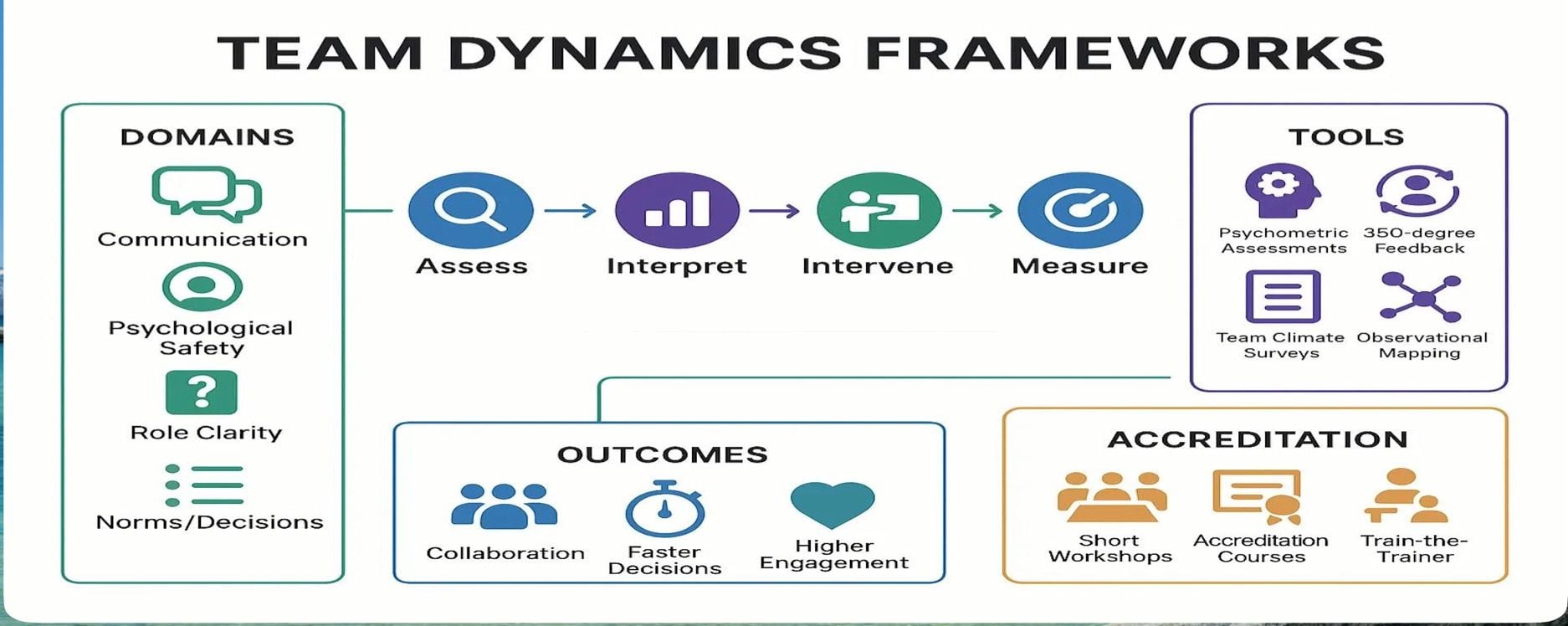How to get the 4 DISC Styles to Make Decisions in Groups

THE FOUR DISC BEHAVIORAL STYLES
HOW TO GET THE FOUR STYLES TO MAKE DECISIONS IN GROUPS
DISC is a behavioural model developed in the 1950's and today is used worldwide in organisations to help teams work more cooperatively together. It is made up of 4 key styles and because of their different approach to group work they tend to make decisions differently. DISC is used to help determine a course of action when solving problems within a team or assigning jobs.
An individual's decision-making processes directly impacts how productive teams can be when working towards a common goal. By understanding how we make our own decisions, as well as how other people make decisions can expedite the decision-making process and prevent stalemates from happening.
We've all had moments when we've been working as a team where we have felt like we are going around in circles or couldn't get our opinions heard. Often this is the direct result of the personalities involved in the decision-making progress. Being aware of how other people prefer to operate can help improve the flow within the team and encourage more healthy problem solving.
The four styles differ in their approach to group work because they tend to make decisions differently.
1: Dominance High "D" Style
A dominant person is generally very easy to identify, they like to take the lead in conversations and tend to be focused on getting to the outcome as fast as possible. When working with a 'D' here are some strategies to consider:
- Ask D's what they want to accomplish, how they are currently motivated and what they would like to change
- Clarify the purpose for asking questions
- Stay focused on goals and objectives
- Make questions practical, logical, and straightforward
- Keep questions direct and to the point
- Get to the point of the coaching session
2: Influence High "I" Style
Influencers love to talk, especially about themselves. They tend to be quite verbose and will talk at length about a topic, they are what we might traditionally view as the extroverted person in the room. When trying to collaborate with an 'I' and reach a solution:
- Get I's talking about themselves and their interests

- Establish personal relationships before asking questions about business
- Ask about their aspirations and recognise their need to be valued and listened to
- Ask about their personal needs and wants
- Support their ideas
- Gently keep them on topic
3: Steadiness High "S" Style
People who are steady like to feel comfortable in their environment and will often be the first to back away if they sense any animosity. 'S' style people are natural collaborators and team builders so when working with them:
- Speak warmly and informally, asking open questions that draw them out
- Show tact and sincerity in exploring their needs
- Avoid confrontations and challenging questions
- S's may tell you what they think you want to hear
- Allow time for S's to open up and reveal their needs and concerns
- Ask them whose assistance they may need
4: Conscientious High "C" Style
This style is focused and likes to remain on task and can lose interest quickly in what they consider idyll "chit chat". This style of operator prefers to use facts to make decisions. When working with C's:
- Ask questions that reveal their expertise and knowledge
- Ask logical, fact oriented, relevant questions
- Phrase questions that require specific, accurate information to be shared
- Focus questions on processes and efficiency
- Ask questions that reveal a clear direction
- Ask questions that show you are prepared for the coaching session
Interested in becoming DISC Accredited? Visit our Talent Tools Accreditation Calendar
Like to organise a DISC Workshop for your team? Check out our Take Flight with DISC Workshops



)
)
)
)
)
)
)

